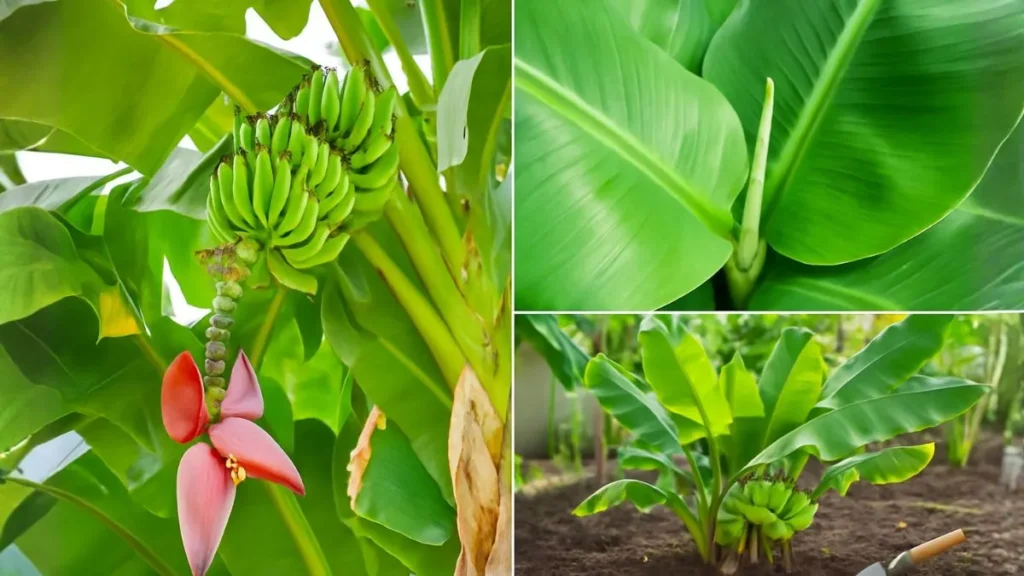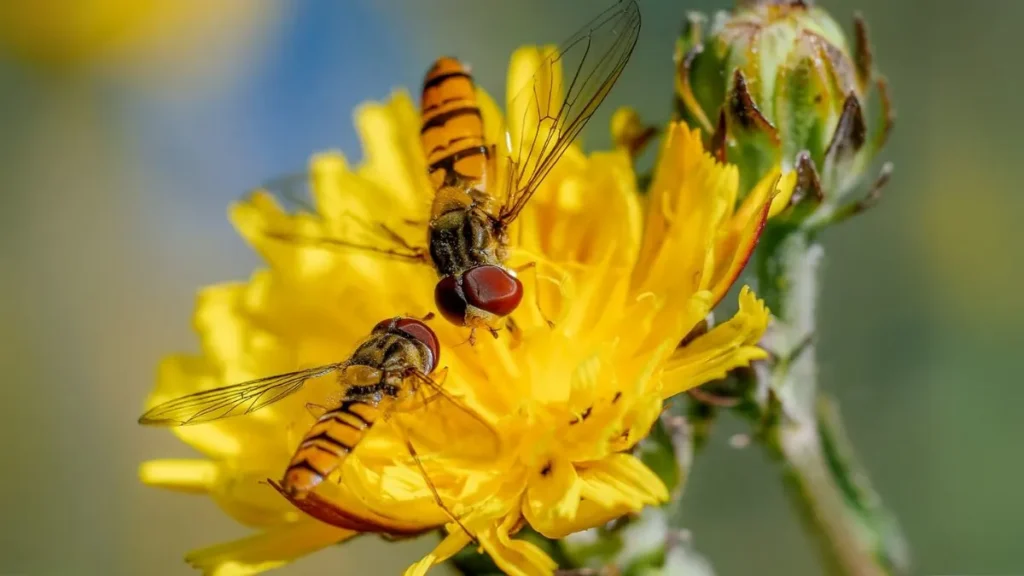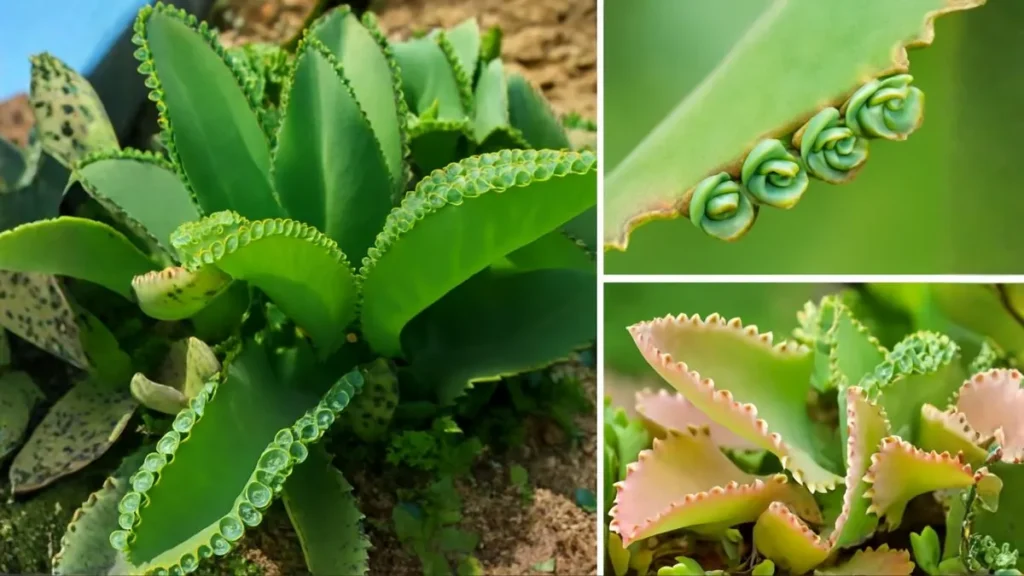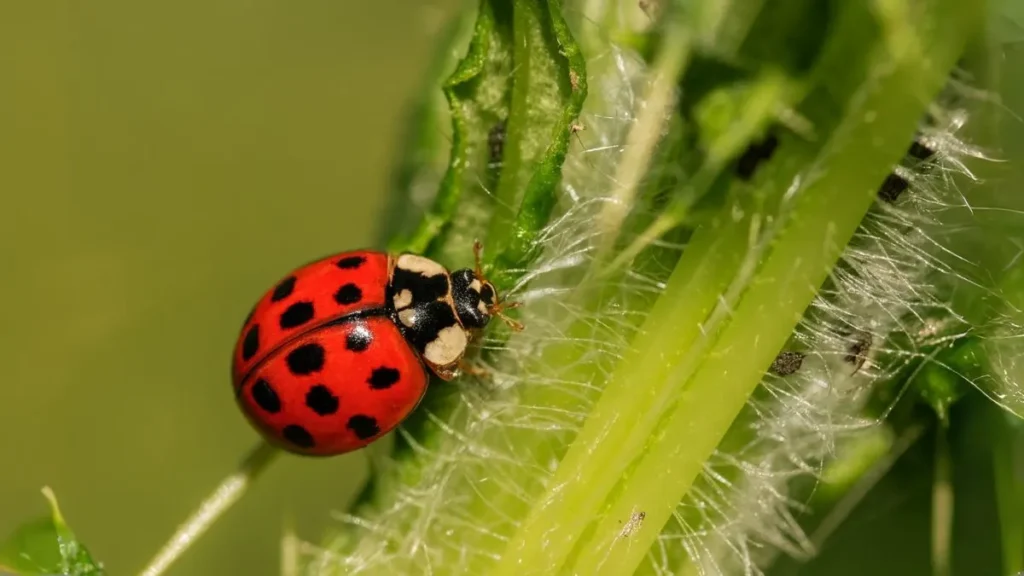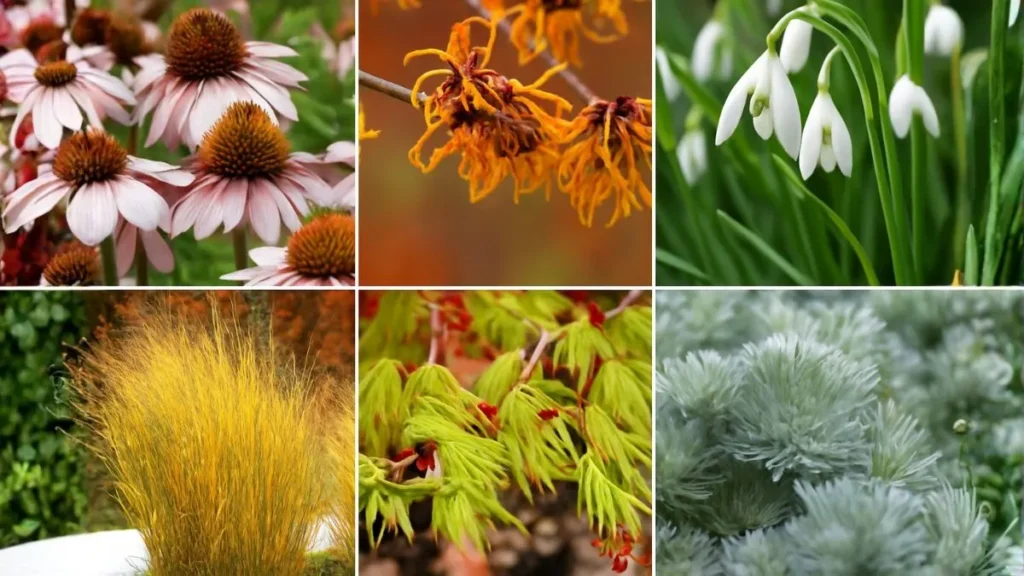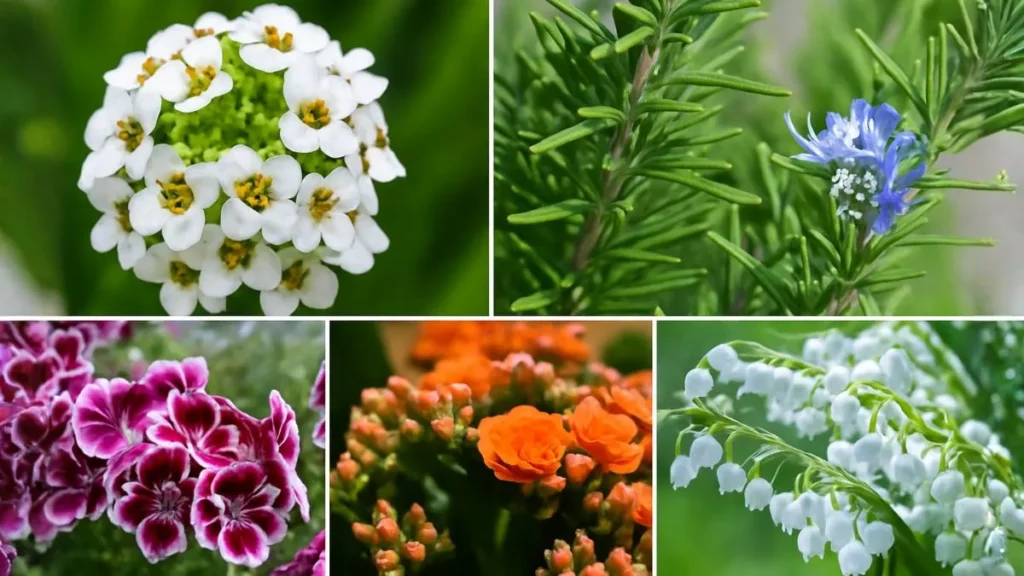Most gardeners believe that vegetables require 6–8 hours of sunlight daily. While this is true for tomatoes, peppers, and eggplants, not every plant loves the blazing sun. In fact, some crops produce better in cooler, shaded conditions. When I lived in a neighborhood surrounded by tall maple trees, I was worried I couldn’t grow much. But to my surprise, leafy greens like lettuce, spinach, kale, Swiss chard, arugula, and beets thrived in the partial shade. Not only did they grow well, but they also tasted fresher, sweeter, and less bitter compared to those exposed to intense sunlight.
Shade isn’t a problem—it’s an opportunity to grow healthier and longer-lasting crops.
Lettuce – Thrives in Cool, Shady Spots
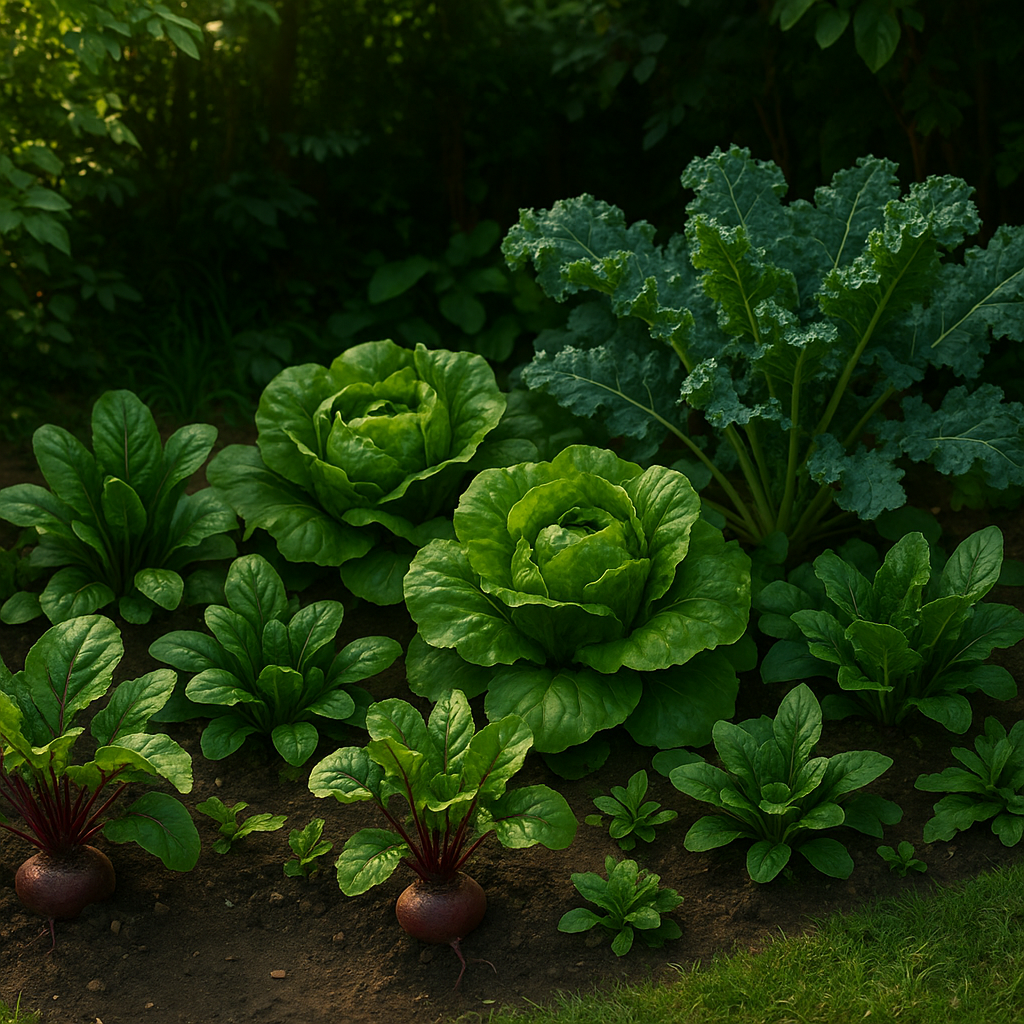
The undisputed champion of shade gardens is lettuce – thrives in cool, shady spots. Heat often causes lettuce to “bolt” (go to seed early), making the leaves bitter. Shade prevents this and allows you to harvest crisp, tender leaves longer into the season.
From romaine to butterhead to loose-leaf, all varieties adapt beautifully in partial shade. If you’re in the USA or Canada, try planting them in raised beds or containers for easier care. Regular watering is essential to keep leaves sweet and crunchy—perfect for everyday salad greens.
Spinach – Shade Makes It Sweeter
Another winner is spinach. Unlike sun-hungry crops, spinach actually benefits from shade. Too much heat forces it to mature quickly, but in shaded areas, it grows slowly and evenly. This means longer harvests and a steady supply of tender leaves.
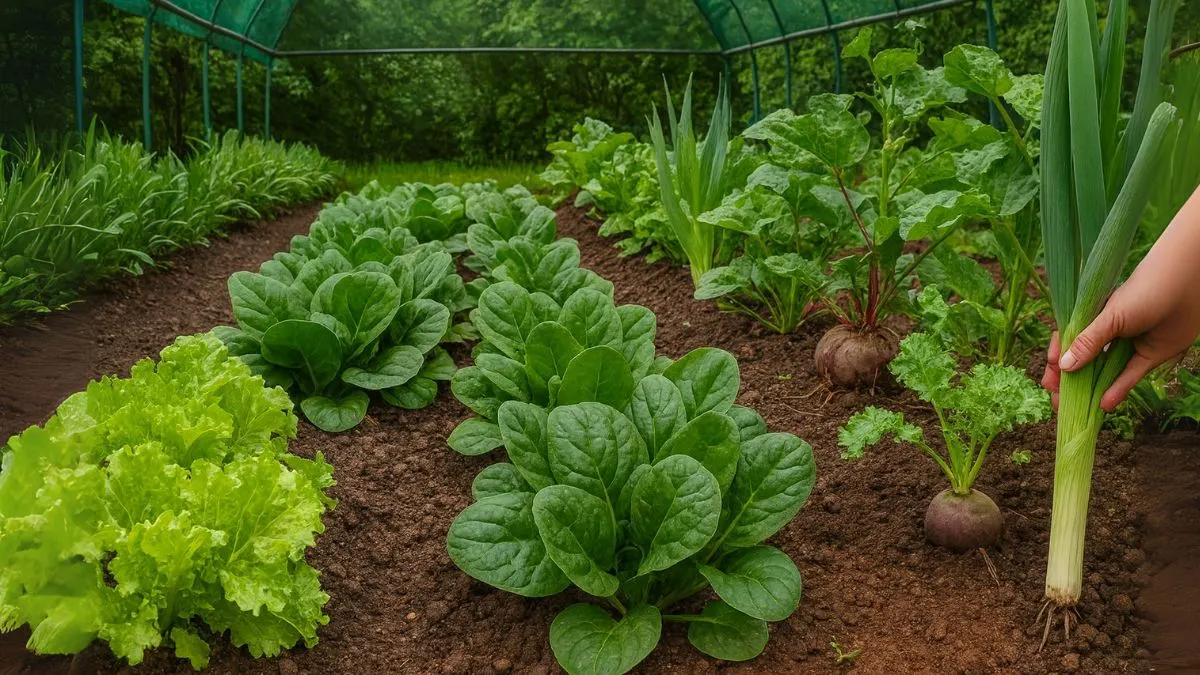
I once grew spinach in a semi-shaded corner, and the results amazed me. The leaves were lush, deep green, and far sweeter than those grown in full sun. It’s no wonder spinach is a staple in northern gardens across Canada and the cooler states of the U.S.
Kale – Hardy and Shade-Friendly
Kale has gained a reputation as a “superfood,” and for good reason. It’s packed with vitamins A, C, and K. The best part? Kale doesn’t demand full sun to flourish. Curly kale, lacinato (dinosaur kale), and red Russian kale all adapt beautifully to partial shade.
In fact, too much sunlight can sometimes toughen the leaves. With shade, they stay tender and flavorful, perfect for smoothies, chips, and soups. Pairing kale with other salad greens creates a productive, nutrient-dense garden bed.
Also Read: 5 Mysterious Flowers That Will Leave You Spellbound
Swiss Chard – A Burst of Color in Shade
Few vegetables are as striking as Swiss chard. Its rainbow stems—red, pink, yellow, and white—make it a showstopper in any garden. And yes, it does well in partial shade.
The shade helps keep its broad leaves tender and less prone to wilting. In hot summers, shaded Swiss chard performs even better than sun-grown ones. Plus, it stores longer in the fridge when harvested from cooler spots.
If you’re looking to add both beauty and nutrition to your garden, Swiss chard is the answer.
Arugula – Peppery Greens That Love Shade
For gardeners who enjoy bold flavors, arugula is a must. Known for its peppery taste, this fast-growing green prefers cooler conditions. Full sun often makes it bolt or turn too spicy, but shade keeps it tender and flavorful.
Chefs across North America love arugula in pizzas, sandwiches, and fresh salads. Personally, I like planting it beneath taller kale or Swiss chard—it thrives in the dappled shade they provide.
Beets – Roots and Greens for Partial Shade
Beets might surprise you—they don’t need full sun to grow well. While shaded beets may not develop roots as large as those in sunny spots, they still produce plenty of delicious greens and decently sized roots.
Both parts of the plant are edible: the roots can be roasted or pickled, while the leafy tops are perfect for sautés and soups. Many gardeners in the U.S. and Canada grow beets mainly for their nutritious greens when sunlight is limited.
Cucumbers – Better in Partial Shade Than You Think
Most people assume cucumbers crave sunlight, but cucumbers can tolerate partial shade, especially in hot regions. While the yield may be slightly smaller, shaded cucumbers often taste juicier and less bitter.
In my own experiment, I planted cucumbers behind tall sunflowers. The partial shade reduced sun stress, and the cucumbers turned out crisp and refreshing. If you’re gardening in the southern U.S. or hot parts of Canada, giving cucumbers afternoon shade is a smart move.
Also Read: Jasmine by the Door? It’s Not Just Pretty—It’s Powerful
Leeks – Slow but Reliable
Last but not least, let’s talk about leeks. These onion relatives prefer cooler conditions and tolerate shade better than most root crops. They grow slowly, but the reward is mild, sweet stalks that enhance soups, casseroles, and stews.
In shaded garden patches, leeks grow steadily without much fuss. For gardeners in northern climates, leeks are a reliable and flavorful option.
Shade-Loving Vegetables at a Glance
Here’s a quick summary for your shaded garden plan:
Vegetable |
Shade Tolerance |
Best Feature |
Popular Uses |
Lettuce |
High |
Lettuce – thrives in cool, shady spots |
Fresh salads |
Spinach |
High |
Sweeter in shade |
Smoothies, sautés |
Kale |
Medium |
Nutrient-dense superfood |
Soups, chips |
Swiss chard |
Medium |
Vibrant stems, tender leaves |
Stir-fries, sautés |
Arugula |
High |
Peppery, bold flavor |
Pizzas, salads |
Beets |
Medium |
Roots + edible greens |
Roasted, pickled |
Cucumbers |
Low to Medium |
Juicier, less bitter in shade |
Fresh or pickled |
Leeks |
Medium |
Mild onion flavor |
Soups, casseroles |
A shaded garden doesn’t mean limited harvests. From lettuce, spinach, kale, Swiss chard, arugula, and beets to cucumbers and leeks, there are plenty of crops that grow just as well—if not better—in partial shade. Many of these vegetables taste sweeter, stay tender, and last longer when grown away from harsh sun.
So if your backyard doesn’t get full sunlight, don’t worry. Embrace the shade, plant the right mix of salad greens, and enjoy fresh, homegrown produce all season long.
